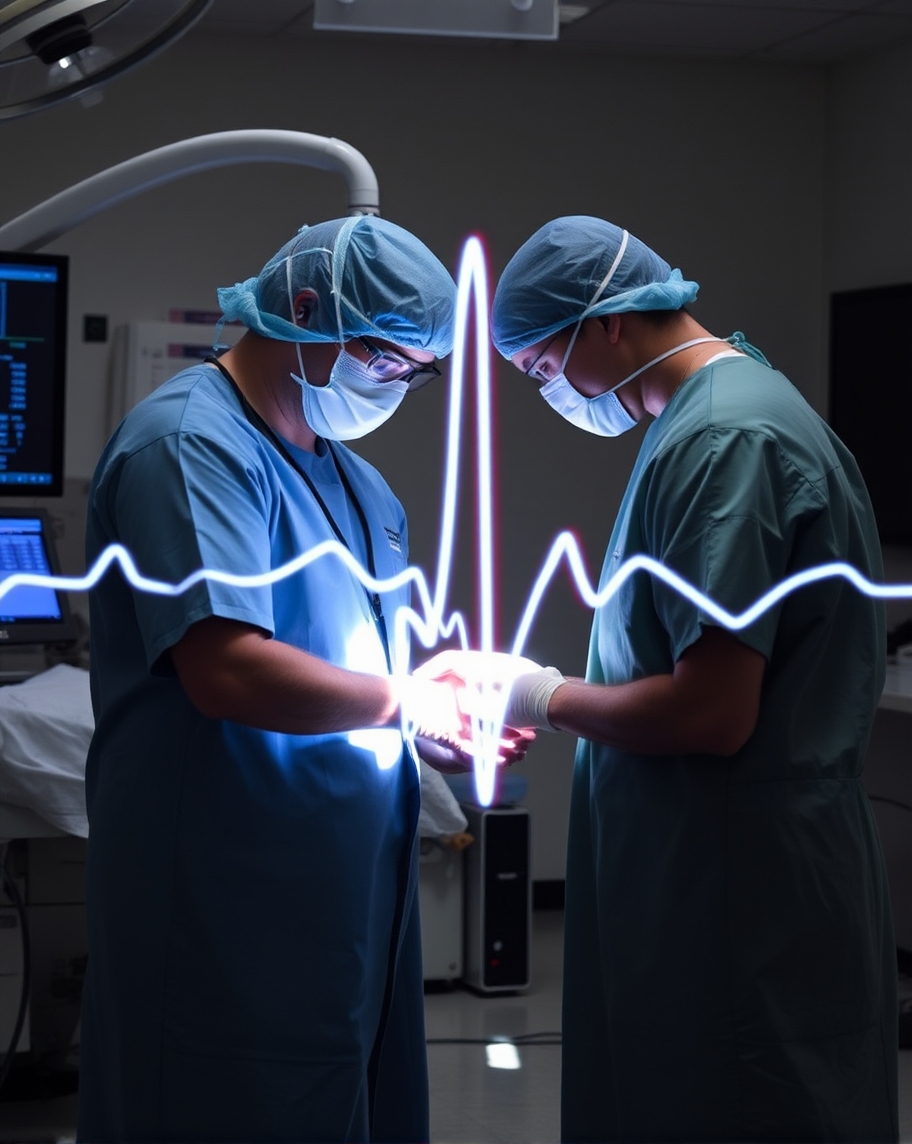Uncategorized
The Pulse Revolution: How Monitoring Your Heartbeat is Shaping the Future of Medicine #5

Using Pulse to Detect Diseases: When and How to Do It?
Abnormal pulse patterns can be early warning signs of serious conditions like arrhythmias, heart disease, or infections. For example, a rapid pulse might indicate a fever or sepsis, while an irregular rhythm could suggest atrial fibrillation, increasing the risk of stroke. Physicians use pulse data not only for diagnosing but also for monitoring chronic conditions. Tools like electrocardiograms (ECG) paired with pulse monitors provide comprehensive insights into heart health. However, knowing when and how to act on abnormal pulse readings is crucial, as not all irregularities require immediate intervention.

Next article: Can pulse monitoring really prevent a heart attack? New scientific discoveries.
-

 Uncategorized5 months ago
Uncategorized5 months agoThe Pulse Revolution: How Monitoring Your Heartbeat is Shaping the Future of Medicine #8
-

 Uncategorized5 months ago
Uncategorized5 months agoThe Pulse Revolution: How Monitoring Your Heartbeat is Shaping the Future of Medicine #14
-

 Uncategorized5 months ago
Uncategorized5 months agoThe Pulse Revolution: How Monitoring Your Heartbeat is Shaping the Future of Medicine #9
-

 Uncategorized5 months ago
Uncategorized5 months agoThe Pulse Revolution: How Monitoring Your Heartbeat is Shaping the Future of Medicine #15
-

 Uncategorized5 months ago
Uncategorized5 months agoThe Pulse Revolution: How Monitoring Your Heartbeat is Shaping the Future of Medicine
-

 Uncategorized5 months ago
Uncategorized5 months agoThe Pulse Revolution: How Monitoring Your Heartbeat is Shaping the Future of Medicine #6
-

 Uncategorized5 months ago
Uncategorized5 months agoThe Pulse Revolution: How Monitoring Your Heartbeat is Shaping the Future of Medicine #10
-

 Uncategorized5 months ago
Uncategorized5 months agoThe Pulse Revolution: How Monitoring Your Heartbeat is Shaping the Future of Medicine #13

